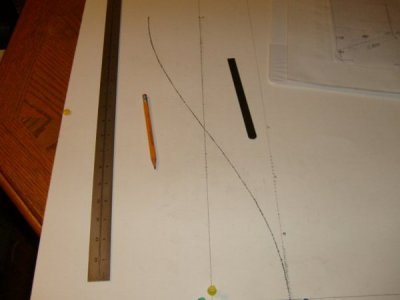- Joined
- Jan 23, 2017
- Messages
- 228
Back in the '90s a scientific calculator I borrowed from a coworker caused me some troubles. I was trigging out a some angles on an irregular bolt circle, and ended up with answers that did not boil out in the proofs. Those numbers just didn't add up. Turns out that the algorithm in many calculators' trig functions gave an error in the second and third decimal places. I went back to my trig book, and a simple calculator.
This beastie jumped up and bit me again a year or two back. I ordered some sheet metal laser cut with an inverse cosine curve on it. When I rolled it into its proper diameter, I did not have the nice flat plane I expected. Round and round I went with the vendor's engineers. seems that their cad-cam software used that same faulty algorithm instead of a space consuming trig table... Huh, imagine that.
Use your trig book, it always works.
This beastie jumped up and bit me again a year or two back. I ordered some sheet metal laser cut with an inverse cosine curve on it. When I rolled it into its proper diameter, I did not have the nice flat plane I expected. Round and round I went with the vendor's engineers. seems that their cad-cam software used that same faulty algorithm instead of a space consuming trig table... Huh, imagine that.
Use your trig book, it always works.


